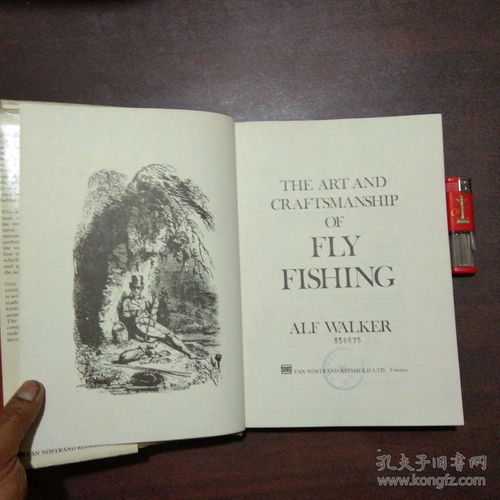Content:

Introduction: Fly fishing, an ancient and revered pastime, has captured the hearts of anglers worldwide. Whether you are a seasoned pro or a beginner, mastering the art of fly fishing can be incredibly rewarding. One of the most crucial aspects of fly fishing is understanding how to effectively troll in a wild pond. In this article, we will delve into the essential techniques for tuning your fly fishing setup, focusing on how to adjust your float or bobber, commonly referred to as "tuning the漂." By mastering these skills, you'll be well on your way to becoming a proficient fly fisherman.
Choosing the Right Equipment: Before we dive into the nitty-gritty of tuning your float, it's essential to have the right equipment. For a wild pond, you'll need a fly rod, fly line, leader, tippet, and a suitable fly. Ensure that your rod, line, and leader are appropriately matched for the fish species you're targeting. For instance, a lightweight rod and line are ideal for panfish, while a heavier setup may be necessary for larger species like bass or pike.
Selecting the Appropriate Fly: The type of fly you choose will depend on the fish species and the forage they are feeding on. For instance, if you're targeting bass, a streamer or a leech pattern might be effective. For panfish, a simple nymph or emerger pattern could suffice. Spend some time researching the forage in your chosen pond and select flies that mimic these prey.
Attaching the Fly: Once you've chosen your fly, attach it to the end of your leader. The most common method is to use a fly fishing knot, such as the improved clinch knot or the surgeon's knot. Ensure that the knot is tight and secure, as a loose fly can lead to tangled lines and lost fish.
Choosing the Right Float: Your float or bobber is an essential tool for fly fishing, as it allows you to control the depth at which your fly is presented. For a wild pond, a floating or suspending float is usually the best choice. These floats will remain on the surface or slightly below it, depending on the water conditions and the fish's feeding habits.
How to Tune the Float: Now that you have your float, it's time to tune it. The goal is to achieve a balanced and natural presentation. Here's how to do it:
a. Attach the float to the end of your leader, ensuring that it is securely tied.
b. Attach the fly to the leader, just above the float.
c. Adjust the float so that it is slightly above the water's surface. This will allow your fly to drift naturally and mimic the movements of real prey.
d. Cast your line out into the pond and let it settle. Observe the float and adjust it as needed. If the float is too high, your fly will drift too quickly. If it's too low, your fly might not reach the desired depth.
e. Experiment with different lengths of leader and float placement to find the perfect balance. Remember that the ideal presentation will vary depending on the wind, water current, and the fish's behavior.
f. Once you've found the perfect setup, mark the position of the float on your rod for future reference.
Mastering the Cast: A well-executed cast is crucial for successful fly fishing. Here are some tips to help you improve your casting technique:
a. Start with a tight loop cast, which is ideal for achieving long distances and maintaining a straight line.
b. Practice your casting in a wide, open area to get a feel for the movement of your rod and line.
c. Pay attention to your casting stroke, ensuring that you're using a smooth and consistent motion.
d. Once you're comfortable with the tight loop cast, try incorporating a roll cast, which is useful for casting into tight spaces or when you need to retrieve your fly quickly.
Reading the Water: Understanding the water you're fishing is key to successful fly fishing. Take the time to observe the pond's features, such as weed beds, drop-offs, and areas with varying depths. These are often prime spots for fish to feed. By understanding the water, you can adjust your approach and presentation accordingly.
Conclusion: Tuning your float or bobber is a vital skill in fly fishing, especially when targeting fish in a wild pond. By choosing the right equipment, selecting an appropriate fly, and mastering the art of tuning your float, you'll be well on your way to becoming a proficient fly fisherman. Remember to practice your casting technique, read the water, and adapt your approach to the conditions. With patience and persistence, you'll soon be reeling in the catch of a lifetime. Happy fishing!












